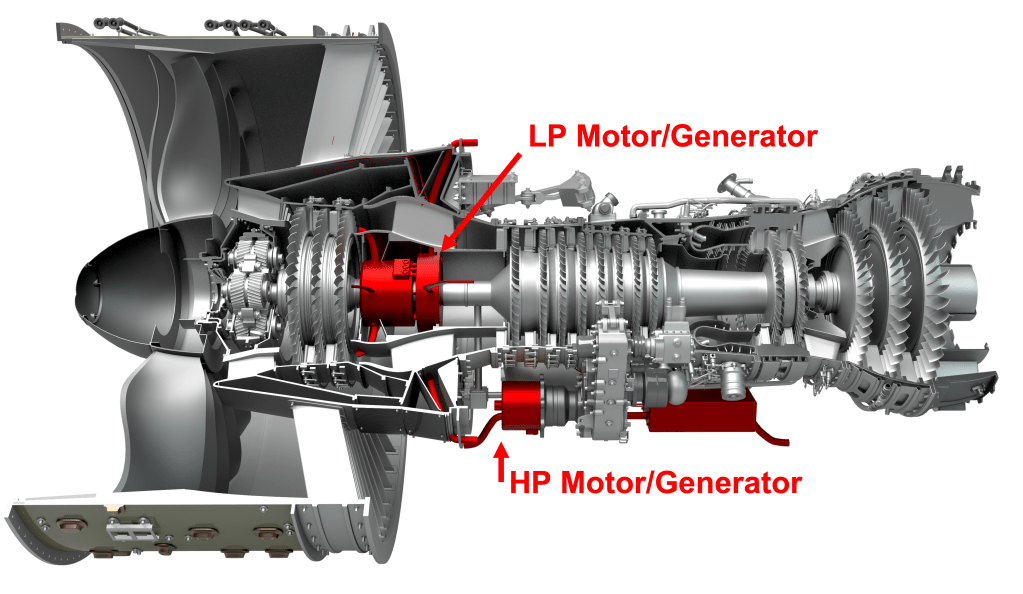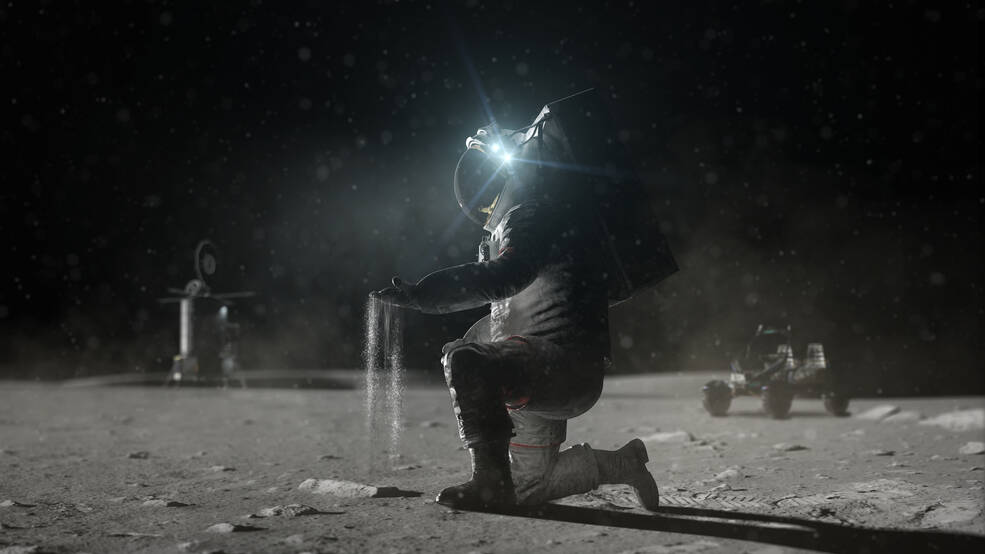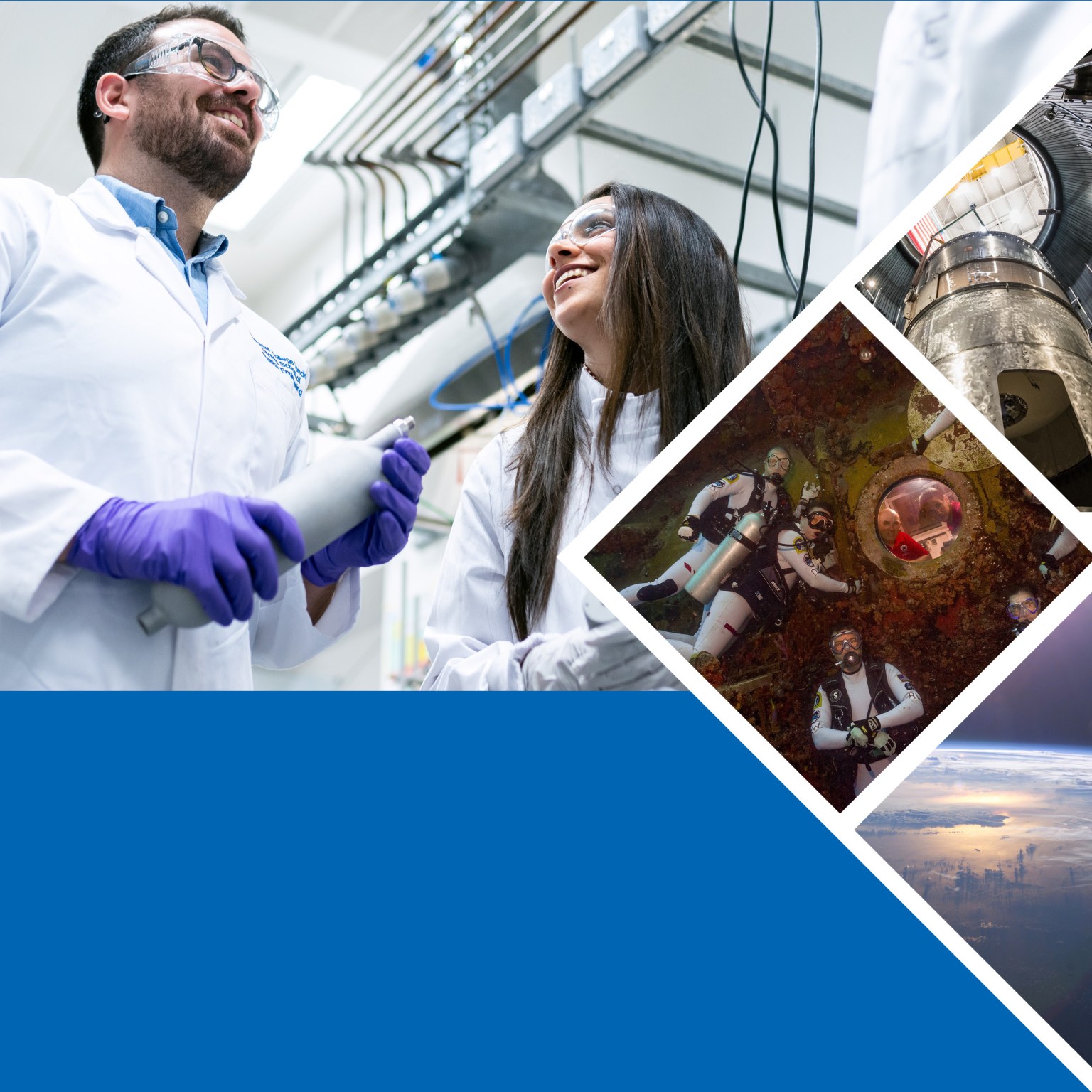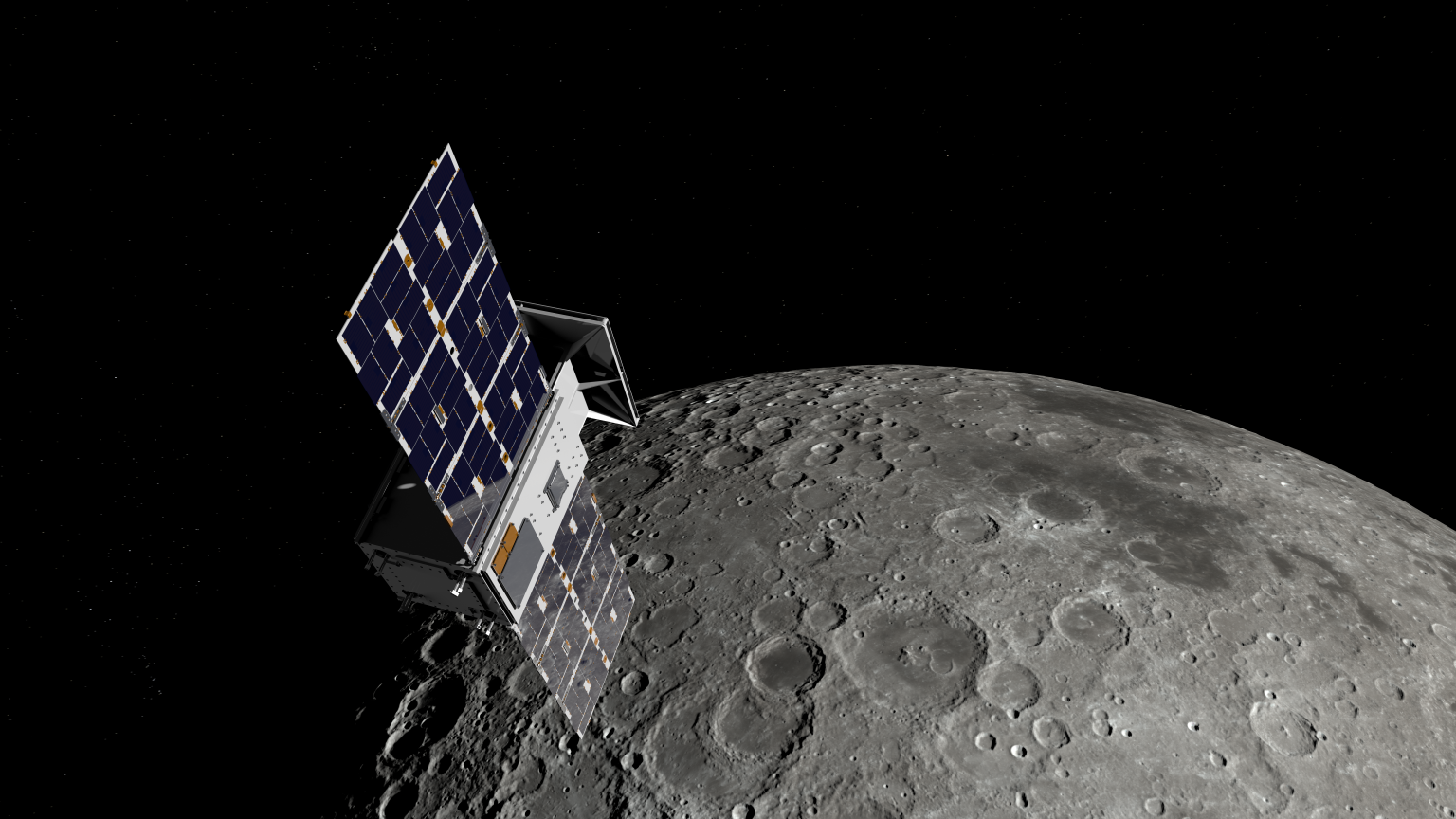Editor’s Note (April 2024): In April 2024, a seventh small business was awarded for this round of Sequential Phase II awards. RC Integrated Systems, LLC of Torrance, California was awarded $2.6 million to develop a deployable Single Aperture Multifunctional Optical Sensor (SAMOS) to provide proximity sensing for satellite servicing applications.
NASA has selected six U.S. small businesses to receive nearly $20 million in total to advance technologies to address two challenges in space exploration: orbital debris and surface dust. During their contracts, the companies will produce prototypes to be demonstrated or used in spaceflight.
“Our missions require innovative solutions to overcome the complex challenges of spaceflight,” said Jenn Gustetic, director of early stage innovation and partnerships for NASA’s Space Technology Mission Directorate (STMD) in Washington. “These small business projects could make big impacts toward solving some of the space industry’s longstanding obstacles.”
The six awards build on the companies’ prior work with NASA’s Small Business Innovation Research (SBIR) program. NASA invests nearly $180 million annually in SBIR awards to American companies with less than 500 employees. Recognizing that it takes a long time to mature a technology, NASA dedicates a portion of its SBIR funding to post Phase II initiatives – such as these Sequential Phase II awards – that support small businesses to continue the work they did with Phase I and Phase II funding. This is the fourth year NASA has provided Sequential funding for the accelerated development of enabling technologies that address key NASA and national needs. Each of this year’s selected companies has fewer than 60 employees.
The U.S. economy depends on space for critical infrastructure, from communications and financial exchanges to national security, transportation, and climate monitoring. Debris in low Earth orbit (LEO) – created by abandoned vehicle stages, non-functional satellites, and fragments of launched materials – increases costs by forcing spacecraft to maneuver around debris, threatens the safety of astronauts and satellites, and potentially renders entire orbits unusable.
Four technologies were selected to address this congestion, through novel deorbiting techniques or commercial services to remediate or repurpose debris:
- Busek (Natick, Massachusetts): High Total Impulse BET-MAX System for Small-Sat Deorbiting – $3.4 million The company will develop improved propulsive impulse capability and autonomous de-orbit functionality for small satellites using a non-toxic propellant.
- CU Aerospace (Champaign, Illinois): Fiber-fed Pulsed Plasma Thruster (FPPT) for Active Debris Removal – $2.6 million The company will develop its thruster for small satellite applications, allowing a debris capture mission to make multiple trips, dropping off multiple payloads (up to 180kg) within a five-year timespan.
- Flight Works (Irvine, California): High-Performance, Refuelable, “Green” Propulsion System for Multi-Object Removal/Retrieval System – $4 million The company will transition its technology with built-in refueling capability to Rendezvous and Proximity Operations for active debris removal and space object retrieval.
- Vestigo Aerospace (La Canada Flintridge, California): Flight Demonstration of Spinnaker Dragsails for SmallSat Deorbit – $3.8 million The company will demonstrate their Spinnaker dragsails, integrated with a host vehicle using a simple bolt-on mechanical interface and a single electrical connection, to validate reliable deployment up to after five years on-orbit.
“At NASA we know innovating for space and improving life on Earth go hand-in-hand,” said Jason L. Kessler, program executive for NASA’s SBIR and Small Business Technology Transfer (STTR) programs at NASA Headquarters. “I’m excited that four of this year’s Sequential Phase II technologies focus on efforts to safeguard access to low Earth orbits and the space-based technology we all depend on in our everyday lives.”
NASA’s future exploration will include robots navigating the surfaces of other worlds and crewed missions to the Moon and Mars. These missions rely on technologies that allow rovers, landers, and their components to function when exposed to highly adhesive and abrasive dust from the surfaces of these worlds, which can shorten the lifespan of equipment and threaten the success of surface science investigations. The harsh dust also poses a risk to mechanical systems and sealing surfaces which will be vital when astronauts visit the lunar surface on future Artemis missions.
Two technologies were selected to address dust mitigation:
- Applied Material Systems Engineering, Inc. (Streamwood, Illinois): Integration of Dust Resisting Secondary Emission Engineered Passive Thermal Control Material Systems (TCMS) Coating – $2.6 million The company will demonstrate, through simulated space environments, insertion of its dust shedding coating technology, which has cross cutting commercial applications.
- ATSP Innovations (Houston, Texas): High performance polymer for dust tolerant extreme environment bearings – $3.2 million The company will fabricate a prototype of bearing material solutions to meet the demanding conditions of extreme temperatures, pressures, and dust environments on the surface of planetary bodies, moons, asteroids, and comets. This technology could enhance high temperature structural composite challenges faced in the commercial aerospace and automobile markets.
The NASA SBIR/STTR program is part of STMD and is managed by NASA’s Ames Research Center in California’s Silicon Valley. For more information, visit:


































